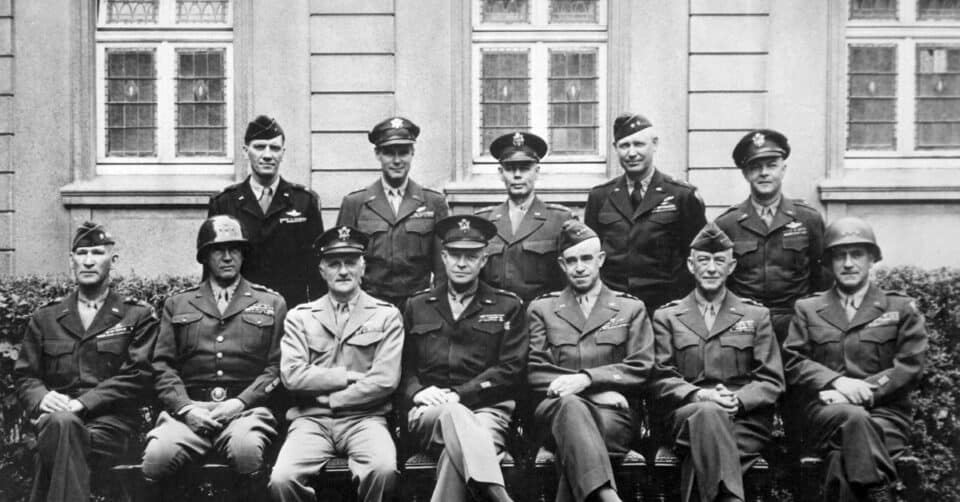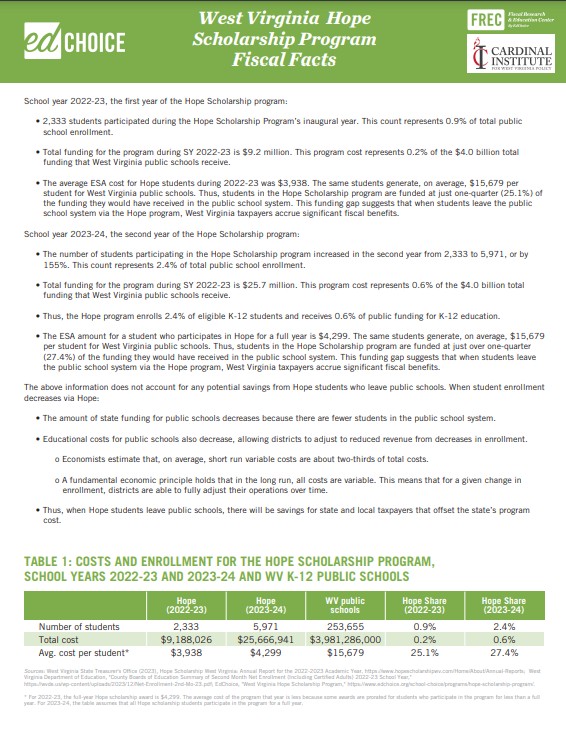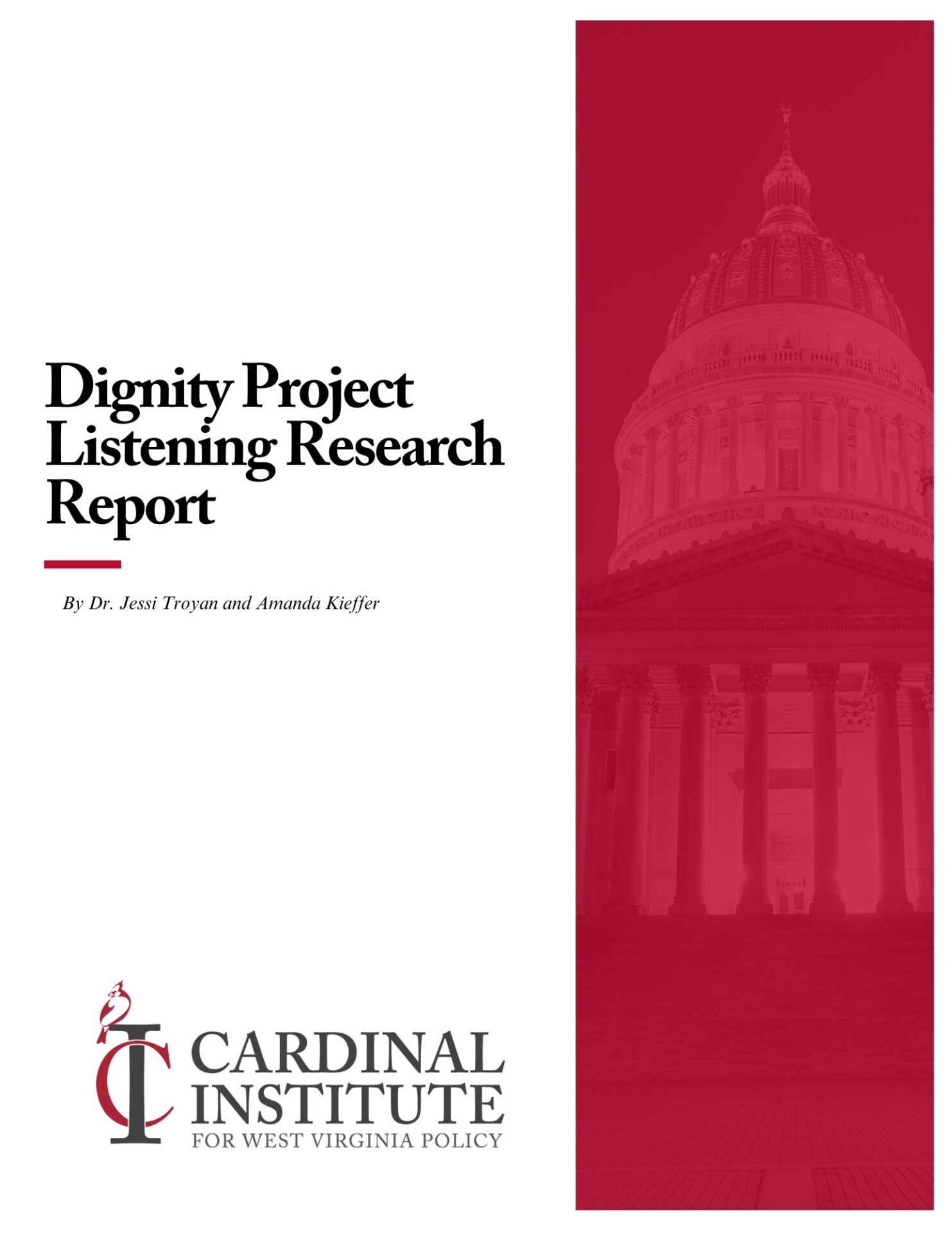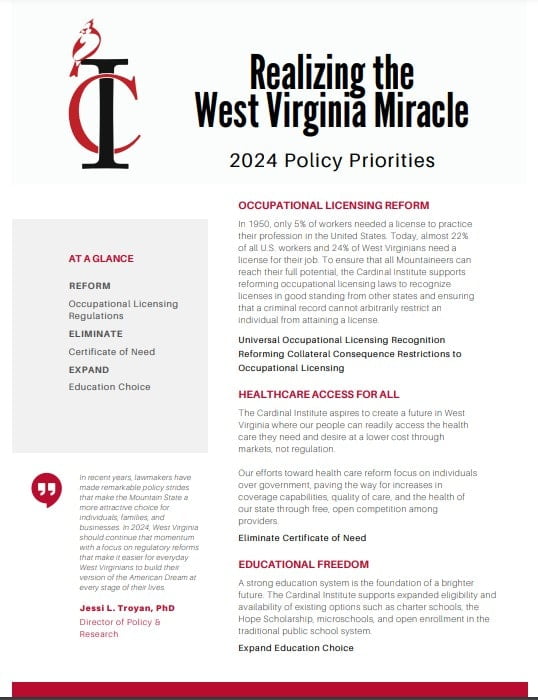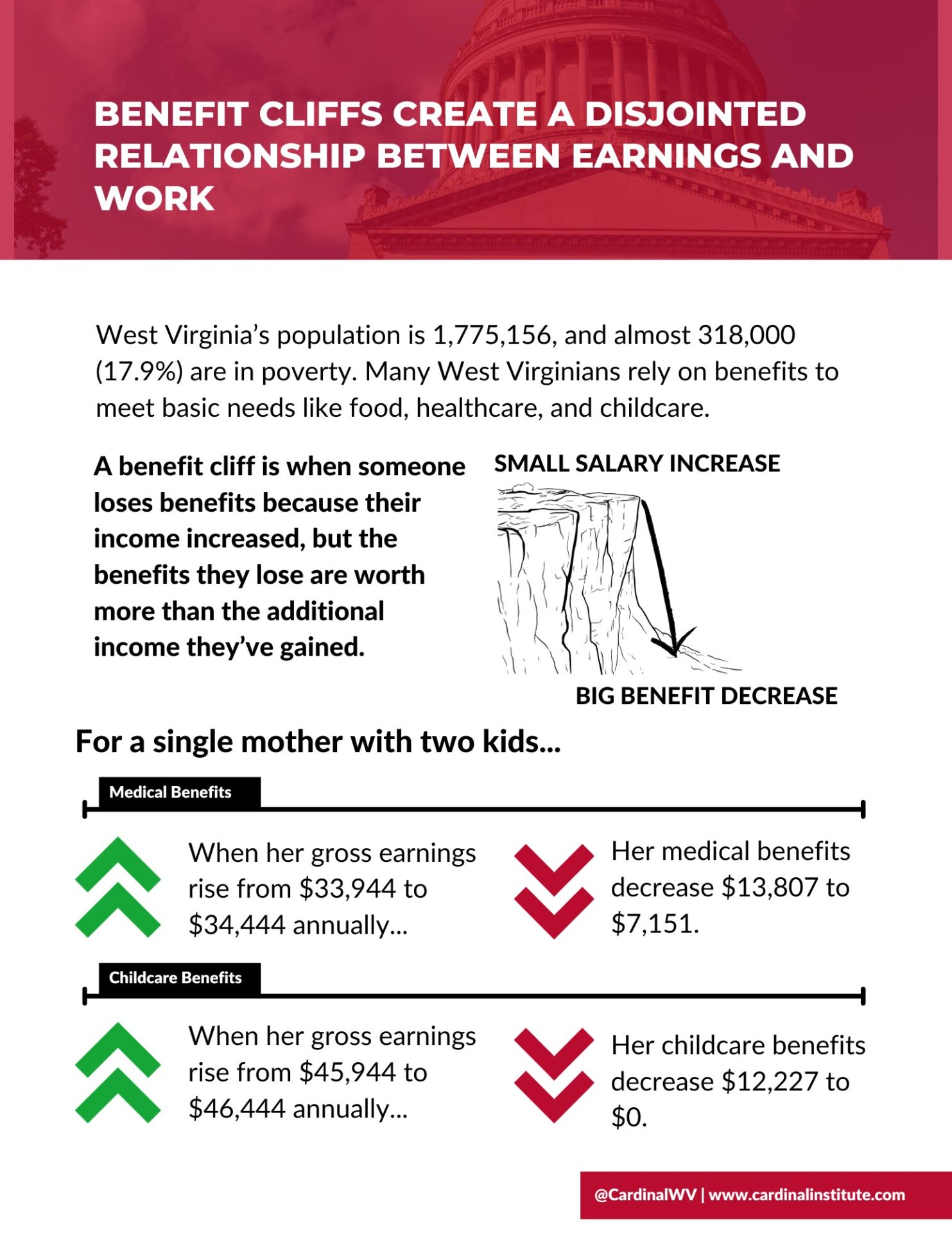A Look at Opportunity in Cities in the Nation’s Third Most Rural State
When one thinks of West Virginia, many things are likely to come to mind: natural beauty, John Denver, coal, whitewater rafting, rock climbing, poverty, opioids, state pride, and so on down the line. What isn’t likely to make a top ten list is cities, or perhaps more accurately, towns. West Virginia is the third most rural state in the country, with over half of its population residing in rural areas (just behind #2 Vermont and #1 Maine). West Virginia’s largest city, Charleston, is the second smallest such city in the United States. It is only larger than Vermont’s largest city, Burlington, by less than 4,000 residents, according the 2021 US Census estimates. And — to drive the point home even further — West Virginia is also the third most forested state in the country. Nearly 80 percent of its land mass is covered in trees.
Any way the data is sliced, West Virginia’s towns and “cities” simply do not constitute as much of its fabric as they do in other states. Yet, they may offer the greatest opportunity for growth in West Virginia in the coming years as the migration away from major cities into other parts of the country continues apace. From workplace disruptions caused by COVID-19 and the resulting shutdowns to the rise of telework opportunities and the search for a slower pace of life, the world has never seen a greater opportunity to sever physical presence from place of employment. For West Virginia’s towns, this is a generational opportunity, should they choose to recognize it and seize it.
Why Cities and Not Small Towns?
However, these towns must avoid the problems plaguing many of America’s big city, particularly in the realm of fiscal restraint, municipal finance, and decay of services dictated by mission creep (more on that in a bit). But first, why do West Virginia’s cities and towns present the greatest opportunities and not the holler or the state’s legion of bucolic small towns and unincorporated hamlets?
When downsizing from many of the proximate larger cities sprinkled across the eastern United States, it’s a drastic move to suddenly relocate one’s family to, say, Wardensville (pop. 269) or Union, WV (pop. 374). It’s a much different thing to relocate to high-amenity towns like Morgantown, WV (pop. 30,500) or Lewisburg, WV (pop. 4,000). While a mobile worker may be wishing to escape crime and long commutes, it is unlikely they will also wish to leave behind high speed internet, bike trails, and ethnic dining opportunities at the local brewery.
Municipal Finance is Important
Mark Moses, former California city finance administrator, budget wonk, and author, and I recently had an interesting conversation around, frankly, a boring topic: municipal finance. Mark made the cogent point that cities once again must define their scope and purpose in order to avoid what plagues so many private businesses, nonprofits, and, yes, governments — mission creep. If cities neglect to do this, then they risk impending budget crises, declining city services, frustrated taxpayers, and population loss which further compounds the problem. Many of America’s largest cities are facing existential budget problems in the coming years and it is not difficult to see that mission creep is a major reason why – if a city tries to be all things to all people then it’s nothing to no one, and it risks serious long-term implications.
Mission Creep
This raises the all-important question: what is the appropriate scope of a city?
Is it to protect property rights of its citizens? Certainly. Is it to protect its citizens and maintain peace and a sense of order? Of course. Is it to redistribute taxes to subsidize economic development? Hmmm. Is it to run municipal pools, build sports stadiums, and as Mark put it, “maximize services?” Double hmmmm.
Each move away from a proper role of municipal government comes with costs. This includes direct costs and opportunity costs. Direct costs are obvious. Things like salaries, pensions, benefits, liability insurance, etc.. Opportunity costs are legion yet more discreet – the redistribution of money from taxpayers to city government and thus from private investment to inefficient government coffers as well as the internal redistribution of tax dollars from police, courts, and fire services to things like the municipal golf courses, counterproductive zoning, public art projects, and “economic development.” (Economic development is in quotation marks because the evidence behind beneficial government-subsidized economic development projects is, at best, weak.)
When mission creep is compounded year after year, decade after decade, the city builds up a level of fixed costs. These cannot be easily adjusted. For example, good luck changing a public union contract in the face of an impending fiscal crisis.
We Have a Chance to Improve West Virginia’s Future Through Its Cities
West Virginia’s towns have an opportunity that is unique in the state’s history. If you are a town mayor or city council member, you would be well-advised to accurately define your mission. This will ensure your municipality’s fiscal health for generations to come. At the end of the day, citizens want safe, clean streets; smooth legal proceedings; speedy, competent fire departments; and responsive city workers. Every digression from mission threatens that reality and makes it more difficult to focus on the city’s proper role. Taxpayers and taxpayer dollars are not only finite, but more importantly, they can relocate.
Garrett Ballengee is the Executive Director for the Cardinal Institute for West Virginia Policy.




